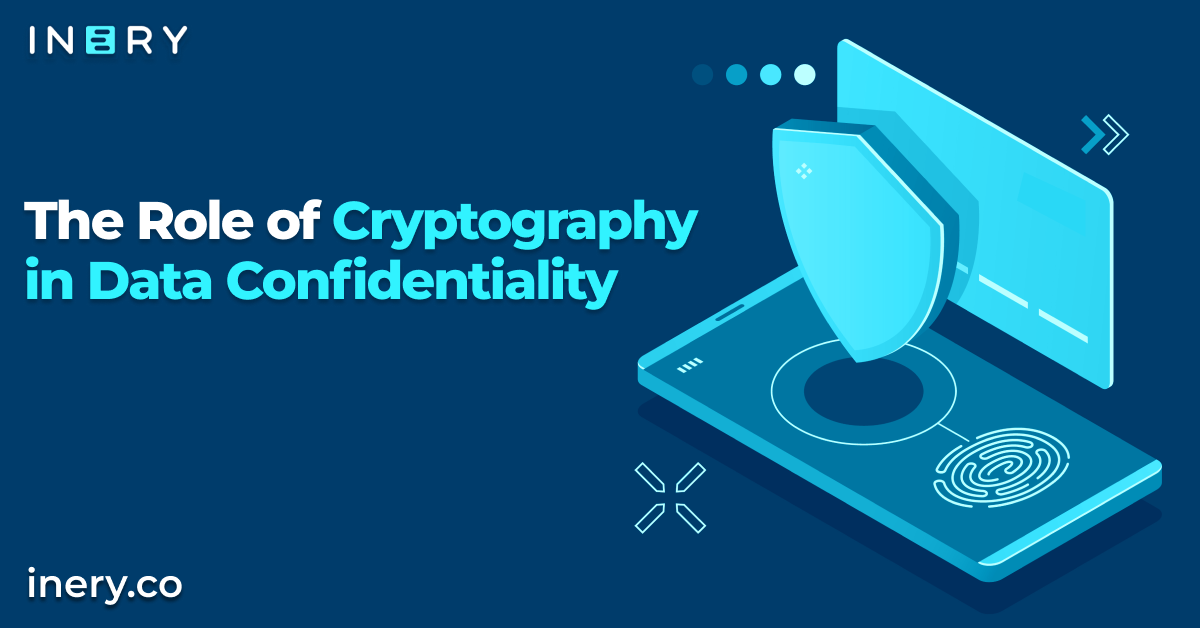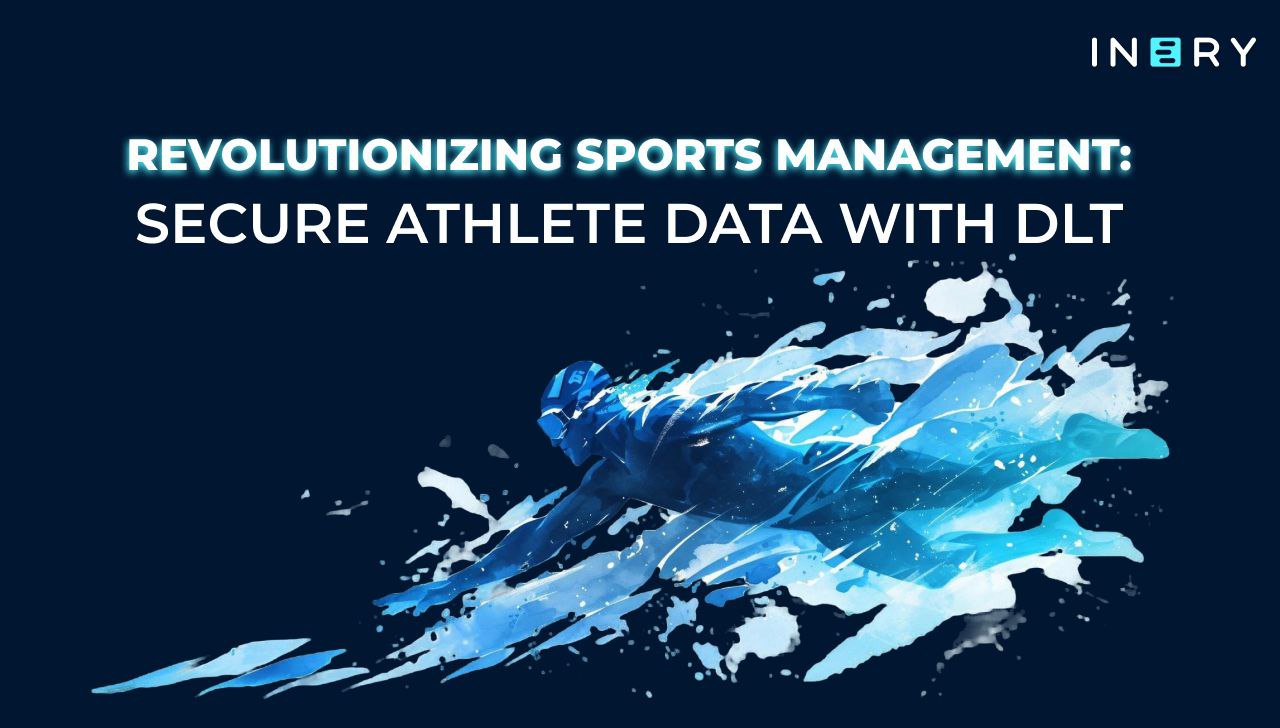We often hear about cryptography, but what does it actually mean? Some might picture a complex puzzle, where only the right combination unlocks the answer. In reality, cryptography is the art of converting readable data into an encoded format, ensuring that only those with the correct key can access it. But why is this so important, and how does it function in practice?
Demystifying Cryptography
The word “cryptography” comes from the Greek kryptos, meaning “hidden,” and graphein, meaning “to write.” At its core, it involves creating a code that renders data unreadable to anyone who doesn’t have the necessary key. This transformation prevents unauthorized access and ensures that sensitive information remains confidential and tamper-proof.
There are two main types of cryptography: symmetric and asymmetric. In symmetric cryptography, the same key is used for both encryption and decryption, making it fast but dependent on secure key distribution. In contrast, asymmetric cryptography uses a pair of keys, one public and one private, making it more secure for activities like digital signatures and secure messaging.
Why Cryptography is Essential Today
In a world where data breaches and unauthorized access are constant threats, cryptography offers a reliable method of safeguarding sensitive information. Imagine sending a letter in a locked box that can only be opened with a special key. Even if someone intercepts the letter, they can’t read it unless they have that unique key. This is what cryptography does in digital communication: it encrypts the “letter” (your data) so that only the intended recipient can read it.
What Does Cryptography Protect Against?
Cryptography prevents several critical issues, including:
-
Unauthorized access: Encryption ensures that only those with the correct key can access the data, making it unreadable to outsiders.
-
Data manipulation: By using cryptographic hashing, data integrity is maintained, meaning it cannot be altered or tampered with without detection.
-
Identity theft: Digital signatures and certificates confirm the authenticity of users and systems, preventing impersonation or fraudulent access.
Without cryptography, sensitive information such as financial data, personal identities, and proprietary business records would be vulnerable to interception and misuse.
A New Standard for Data Confidentiality – Inery
Inery leverages cryptography to provide a multi-layered solution for data confidentiality, ensuring that data remains secure and protected throughout its lifecycle. But what makes Inery’s approach stand out from traditional methods? Let’s break down its innovative features with practical examples:
Advanced Encryption Techniques
Encryption is the foundation of data confidentiality, and Inery goes beyond standard encryption protocols. Imagine storing a patient’s medical records, these records are encrypted using algorithms that create an unintelligible string of characters. Without the decryption key, the data is completely unreadable.
Inery implements state-of-the-art symmetric and asymmetric encryption techniques to safeguard data both in transit (while being sent from one location to another) and at rest (when stored in a database). This ensures that even if a cybercriminal intercepts the data, they can’t make sense of it.
For example, let’s say sensitive financial data is stored on Inery’s platform. Even if someone gains unauthorized access to the storage system, they would only see scrambled information that requires a complex decryption key to read. This effectively renders the stolen data useless without the key.
Secure Access Control
Inery’s platform employs cryptographically enforced access control mechanisms. These mechanisms determine who can view or alter specific pieces of information. Consider a scenario where a research institution collaborates with several partners on a sensitive project. The project files can be set to only allow access to authorized researchers, while cryptographic keys ensure that unauthorized personnel are denied access.
With Inery’s system, unauthorized users aren’t just blocked — they’re prevented from even knowing what data exists behind those barriers. This makes it exceptionally difficult for potential attackers to target specific files or users within the platform.
Data Integrity Checks
Maintaining data integrity means ensuring that information remains unaltered and accurate throughout its entire lifecycle. Inery uses cryptographic hashing — a method that converts data into a fixed-size hash value that changes if the data is modified. If malicious actors attempt to alter a file, the hash value immediately changes, signaling that the data has been compromised.
Let’s take an example involving contract agreements. If a contract file stored on Inery’s platform is edited or tampered with, the cryptographic hash would no longer match the original hash. This instantly alerts authorized users that the file’s integrity has been breached, allowing for rapid response and investigation. Such mechanisms prevent unauthorized edits, deletions, or any form of data tampering.
For example, healthcare data is one of the most sensitive types of information that organizations manage. With increasing regulations like GDPR and HIPAA, safeguarding this data is paramount. Inery’s cryptographic methods ensure that healthcare providers can store and share patient information securely. For instance, if a hospital wants to share medical records with a specialist, Inery’s encryption ensures that only the specialist with the correct decryption key can access the data, preventing breaches and ensuring patient privacy.
The Benefits of Inery’s Approach
Inery’s cryptographic solutions provide several benefits that set it apart:
-
Data privacy: By encrypting data at every stage, Inery ensures that no unauthorized individual or entity can read sensitive information.
-
Regulatory compliance: Inery’s methods are designed to align with stringent data protection regulations, making it easier for organizations to comply with global standards.
-
Scalability and flexibility: Inery’s encryption techniques can be scaled to accommodate both small enterprises and large corporations, adapting to the evolving needs of data confidentiality.
Why This Matters
Data breaches don’t just lead to financial loss—they erode trust. When a company loses control of sensitive information, it faces reputational damage that can take years to repair. By using advanced cryptographic methods, Inery mitigates these risks and fosters an environment of trust, security, and reliability.
Inery’s unique implementation of cryptographic methods provides a reliable defense against today’s data threats. Whether you’re dealing with highly confidential business contracts, sensitive healthcare records, or personal information, Inery ensures that your data remains confidential, integral, and always accessible to the right people — no matter the context.
Real-World Impact and Future Trends
While cryptography is currently one of the most reliable methods for securing data, future trends like quantum computing may pose new challenges. Quantum computers could potentially break today’s cryptographic algorithms, making encrypted data vulnerable to decryption. This has led to the development of post-quantum cryptography – new algorithms designed to withstand quantum attacks.
Cryptography’s evolution will be key to maintaining data confidentiality in the coming decades, and solutions like Inery are paving the way by adopting future-proof technologies and research.
In conclusion, cryptography is more than just encoding information. It's the backbone of data security. With its advanced use of cryptographic methods, Inery provides a secure environment for protecting sensitive data, ensuring that your information stays confidential, tamper-proof, and safe from unauthorized access.

Inery•
1 year ago
Empowering Smart Cities with Inery's Data Solutions
Discover how Inery can revolutionize urban living by enhancing sustainability, fostering innovation, and protecting data privacy. ...READ MORE

Share

Inery•
1 year ago
The Impact of Blockchain on Data Privacy in AI Systems
Explore how blockchain enhances data privacy in AI systems. Learn about historical data privacy, AI's security challenges, and Inery's innovative solutions for decentralized data management. ...READ MORE

Share

Inery•
2 years ago
Companies Are Profiting Off Of Your Data - What Can You Do?
Your personal information is part of a profitable data market. Click here to see why this is dangerous and what you can do about it. ...READ MORE

Share

Inery•
3 years ago
Database Management With Inery: Decentralized Inside-Out
Decentralized database management has always been a longstanding concern in the world of web 3.0 and Inery is bringing forth a solution to this challenge ...READ MORE

Share
Most popular today



